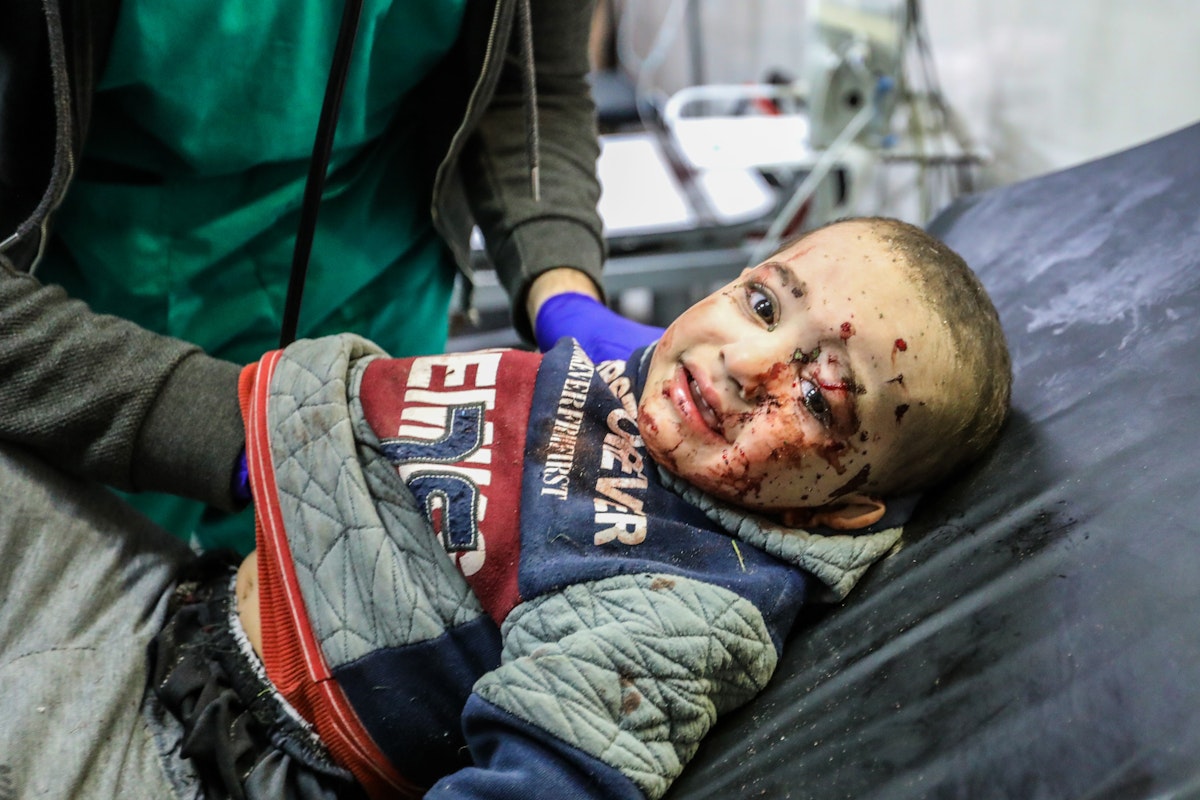
“It’s an existential situation: They are being killed at an unprecedented rate, working under impossible conditions, and they have to communicate what’s happening to them,” said photojournalist Gafic. “The hope is, if you tell the story, ideally, the cumulative effect will create the momentum to stop what’s falling on your head.”
That’s how the first images of the newborns came to the world: Al Shifa was under active bombardment while sheltering some 7,000 people, and doctors—like the surgeons who took the photos—were appealing for help while still trying to treat patients without electricity, clean water, or any antiseptic or anesthesia. Among those whom hospital staff had dwindling hope of saving were the newborns.
Their images stand out from the endless reel of photographs and footage of screaming and bloodied children we’ve collected over the last several weeks, in part because the public has been able to follow their stories beyond the first frame. We will later learn that one of the babies came to Al Shifa as the lone survivor of the neonatal intensive care unit at Al Nasr hospital, bombarded only days before; the rest of the premature newborns left in their incubators there were found decomposing during the pause in fighting over Thanksgiving.
Since the raid on Al Shifa, 31 of the newborns were evacuated (two had died the night before), and 28 were transferred into Egypt. The priority right now is to ensure their survival, which is currently precarious for at least 11 of them, but the public can at least envision it.